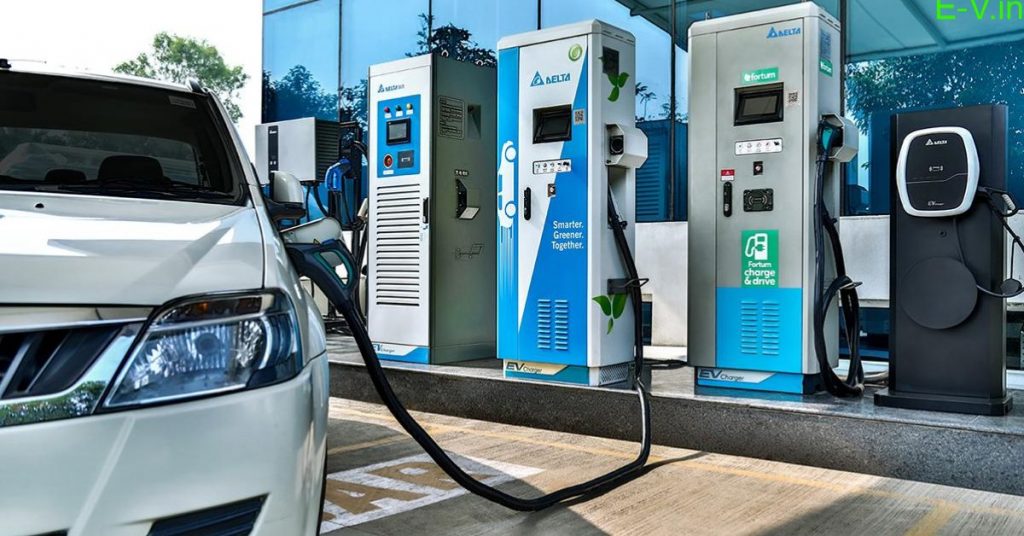India’s adoption rate of electric vehicles (EVs) is still low at 2.5 percent, far below the 30% target set for 2030. According to Moody’s assessment, legislative initiatives including extending domestic lithium-ion production and granting import tariff exemptions for essential battery components are essential for growth. India’s passenger car sector is showing indications of resurgence despite the delayed adoption of EVs. According to a Moody’s report, India’s adoption of electric vehicles (EVs) is still in its infancy and is falling behind its regional and international rivals.
The report highlighted that the penetration of EVs in the country’s passenger vehicle segment stands at just 2.5%, significantly lower than the government’s ambitious target of 30% by 2030. It said “India’s electric vehicle (EV) adoption remains nascent compared to its regional and global counterparts, with EV penetration at a modest 2.5% for passenger vehicles”.
The report highlighted that the policy measures and incentives introduced in the Union Budget, such as exemptions on import duties for critical raw materials used in EV battery manufacturing-including cobalt, lithium, lead, zinc, and ion battery scrap-are expected to aid in the development of a domestic EV manufacturing ecosystem over time. It also added that a key factor that could contribute to wider EV adoption is the expansion of domestic lithium-ion battery production. Increased manufacturing within the country will help lower production costs, making EVs more affordable for consumers.
At the same time, Indian zinc and lead miners will be impacted by the industry’s practice of import parity pricing, requiring them to lower product prices to remain competitive. Another significant policy development is the government’s emphasis on recovering critical minerals from tailings-byproducts or leftover materials from mining activities. This initiative will not only help in reducing wastage but also address environmental concerns linked to mining. However, mining companies may face increased capital spending as they invest in tailings management. India’s passenger vehicle industry, which became the world’s third-largest by unit sales in 2024, is projected to grow at around 4% in fiscal 2025-26. This comes after a period of sluggish sales over the past year. The recovery in demand, driven by economic growth and rising consumer spending, is expected to sustain momentum in the automotive sector, despite current challenges in EV adoption.
Tags: EV Sector, India, Lithium Batteries, Moody's



Recent Posts
TSUNEISHI Launches World’s First Methanol Dual-Fuel KAMSARMAX Bulk Carrier in the Philippines
Grimaldi Group Launches Ammonia-Ready Car Carrier Grande Shanghai in China
Incat Tasmania to Build Two Battery-Electric Ferries for Denmark’s Molslinjen
YamnaCo Signs MoU with Andhra Pradesh to Develop Large-Scale Green Hydrogen and Ammonia Project
WNTI and NEMO Sign MoU to Advance Nuclear-Powered Shipping and Mobile Nuclear Energy Solutions
TotalEnergies and CMA CGM Form Joint Venture for LNG Bunkering Operations in Rotterdam
Keel laid for Bibby Marine’s first zero-emission eCSOV
New Report Highlights Potential of Voluntary Insetting to Support Maritime Decarbonisation, Calls for Robust Safeguards